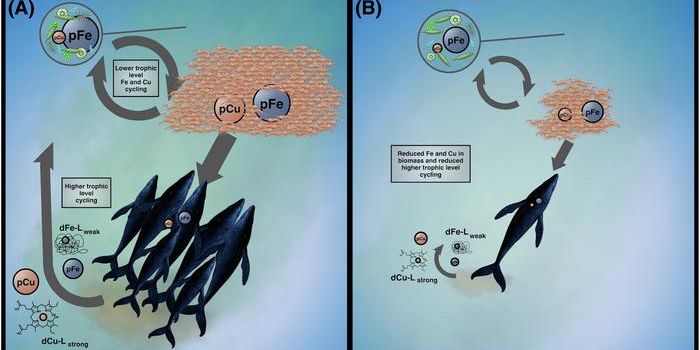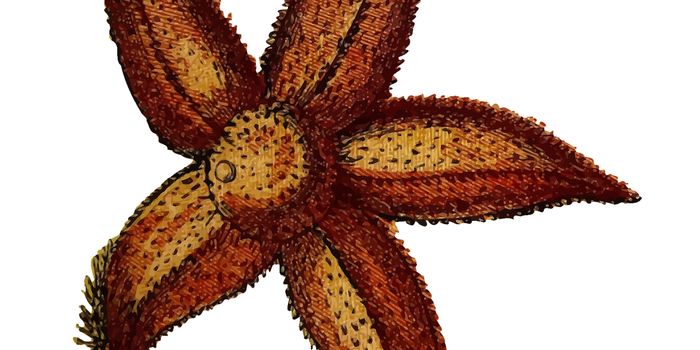Tail Feathers Can Tell Us Where Penguins Have Been
Conservationists track a broad range of animals in the wild with GPS trackers, and penguins are no different. On the other hand, new research reveals that if we wanted to learn more about where they travel, we could just pay more attention to their tail feathers instead of attaching uncomfortable GPS trackers.
Image Credit: Michael Polito/LSU
Published in the journal Biology Letters, an international team of researchers led by Louisiana State University’s Michael Polito lay out their case for how they learned of this incredible finding.
The team was already using GPS trackers to monitor the migration patterns of 52 Adélie penguins at the time. Out of curiosity, however, they also snipped tail feather samples for analysis as they were collecting their GPS trackers.
After obtaining both the GPS trackers and tail feathers associated with each penguin they were tracking, the researchers sampled the feathers with a method dubbed compound-specific stable isotope analysis to determine their chemical makeup.
They were excited to discover that the data extracted from the tail feathers they collected told the same story their GPS trackers did.
The researchers elaborate on the findings further, noting that the krill the penguins eat can carry different chemicals depending on their location. These chemicals become infused with the penguins’ body tissues when consumed, and this includes their tail feathers.
Scientists already know which chemicals are unique to each migratory location, so by analyzing the chemical compounds found in the tail feathers, they can tell a story about where the penguin has visited.
The tail feather tracking method could be a reliable alternative to GPS trackers since penguins naturally keep their tail feathers until after breeding season. The tail feathers stay attached throughout the winter and their migration patterns, so they collect raw biological data along the way.
"This novel approach could be applied to different tissues from a wide variety of marine animals that migrate over long distances including seabirds, sea turtles, seals, and whales," Polito said.
"Using stable isotope forensics to increase the size and scope of animal tracking studies will help us to better understand these charismatic species and ultimately aid in their conservation."
Because animal tracking is so critical for animal conservation, discovering non-invasive ways to track animals is important.
GPS trackers aren’t overly invasive, but they can cause discomfort to the animal during installation/removal and can be expensive for research organizations. Tail feather analysis, on the other hand, isn’t as invasive or expensive as the latter.
Since this method could be useful for tracking other marine animals as well, more research will follow to see how it works in creatures like seabirds, sea turtles, and whales. These animals all eat similar diets as the penguins that were studied and may carry similar chemical traces in their tissues based on where they've been eating during migration.
It should be interesting to see how this all plays out.
Source: Phys.org









